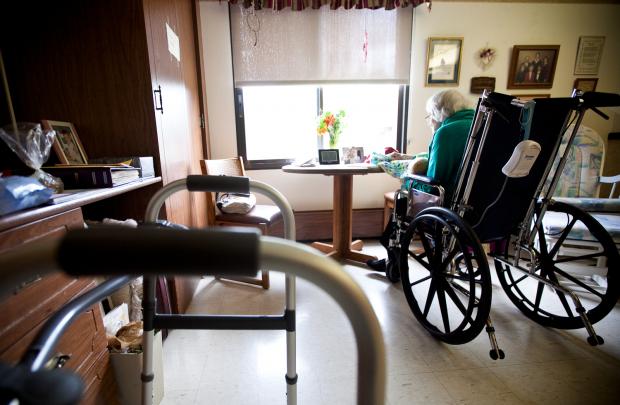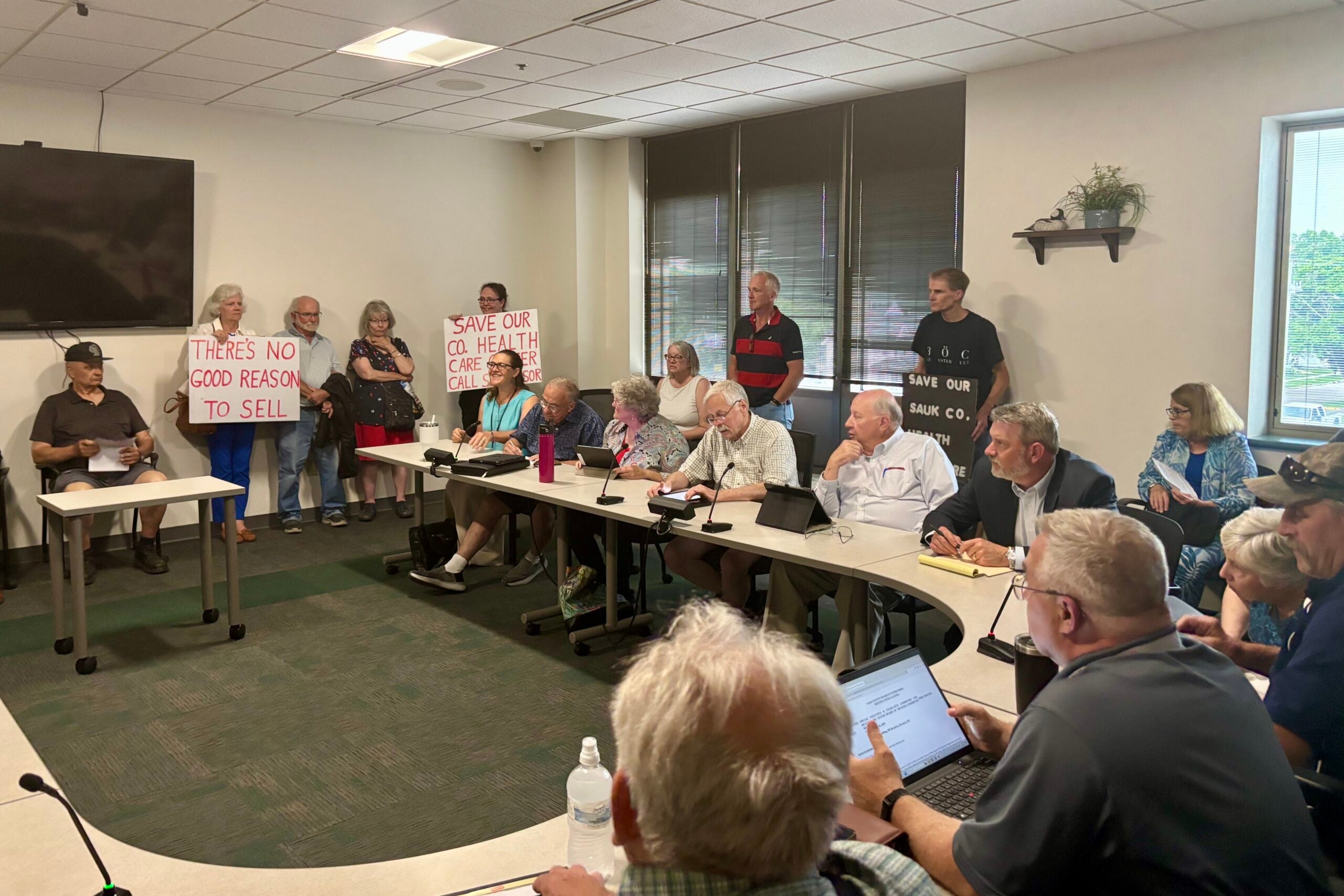Organizations representing Wisconsin nursing homes are concerned proposed staffing requirements will place new strains on facilities that are struggling to recruit and retain workers.
But some experts say industry change is needed to best serve residents in long-term care.
Last fall, the Centers for Medicare and Medicaid Services, or CMS, announced a proposed rule to establish minimum staffing levels for nurses and nurse aides at long-term care facilities. The rule would also require that a registered nurse be onsite at all times.
News with a little more humanity
WPR’s “Wisconsin Today” newsletter keeps you connected to the state you love without feeling overwhelmed. No paywall. No agenda. No corporate filter.
CMS said in a fact sheet in September that the changes are “necessary at this time to protect resident health and safety and ensure their needs are met.”
“Despite existing requirements that facilities provide sufficient levels of staffing in (long-term care) facilities, chronic understaffing remains a significant concern,” the publication said.
CMS collected public comment on the proposed standard last fall and has yet to finalize a new rule.
Kathryn Brod, chief executive officer for industry group Leading Age Wisconsin, said the proposal has raised many questions among nursing home leaders in the state.
“Those staff are coming from where?” Brod said. “And we’re going to pay them how? The third question would be: Is this going to increase the quality of the care that we provide? We don’t believe that one size fits all staffing ratios guarantee quality.”
Brod said long-term care facilities have faced workforce challenges for years, which she said is due in part to the undervaluing of older adults in the U.S. She said the COVID-19 pandemic made the shortage of workers even worse.
She said the nursing homes that belong to her organization have said they’re already turning people away who need care because there isn’t enough staff. And the industry is likely to face more challenges as the state’s population continues to age.
“With the demographic curve that’s coming, we need to be innovating how to bring quality with fewer people,” she said.
Nursing expert says high turnover rate, staff dissatisfaction are part of the problem
Barbara Bowers, a professor emeritus at the University of Wisconsin-Madison’s School of Nursing who has studied the long-term care industry, also said innovation is needed.
Bowers said her research has found that the majority of resident concerns center around the lack of staff at facilities. On top of being short-staffed, she said the typical nursing home model is “stuck in the past,” with nurses and aides working separately instead of utilizing a team approach to patient care.
“If we had more staffing just by itself and didn’t do anything else, I don’t think we’d see the improvements we’re looking for,” she said.
Bowers agreed that the current workforce shortage will mean Wisconsin providers will likely struggle to meet the new standards, especially in rural areas. But she said recruiting new staff is just one part of the industry’s problem.
“There’s a huge turnover rate annually in the staff of nursing homes — everywhere from administrators all the way down,” she said. “For (certified nurse aides), it’s usually in the 60s, 70s, often over 100 percent turnover rates. They have such a churning of staff.”
While pay and benefits are often pointed to as a problem, studies of CNA turnover rates have shown that more workers cite frustration with their work setting as their reason for leaving. Bowers said she has heard many CNAs say they aren’t able to provide the care they know patients need because of understaffing.
“I remember this one woman said to me, ‘I went home one night, and in the middle of the night, I woke up and remembered I’d left someone on the toilet and I never went back,’” Bowers said. “She said, ‘I just can’t stand being that person.’ So low staffing is a huge morale buster for direct care workers.”
Bowers said CNAs also cite not feeling respected and a lack of advancement opportunities as their reasons for leaving jobs.
She said some nursing home providers also say they don’t have the funding needed to support additional staff. But this issue has been under increasing scrutiny, with critics saying the private companies that own these facilities have prioritized profits instead of adequately funding care.
The proposed rule from CMS aims to promote more transparency by requiring facilities to publicly report the percentage of Medicaid payments that are used for compensation of direct care workers and support staff.
If the rule is finalized, nursing homes will have three years to meet the new standards, with additional time given to facilities in rural communities.
Wisconsin Public Radio, © Copyright 2025, Board of Regents of the University of Wisconsin System and Wisconsin Educational Communications Board.







